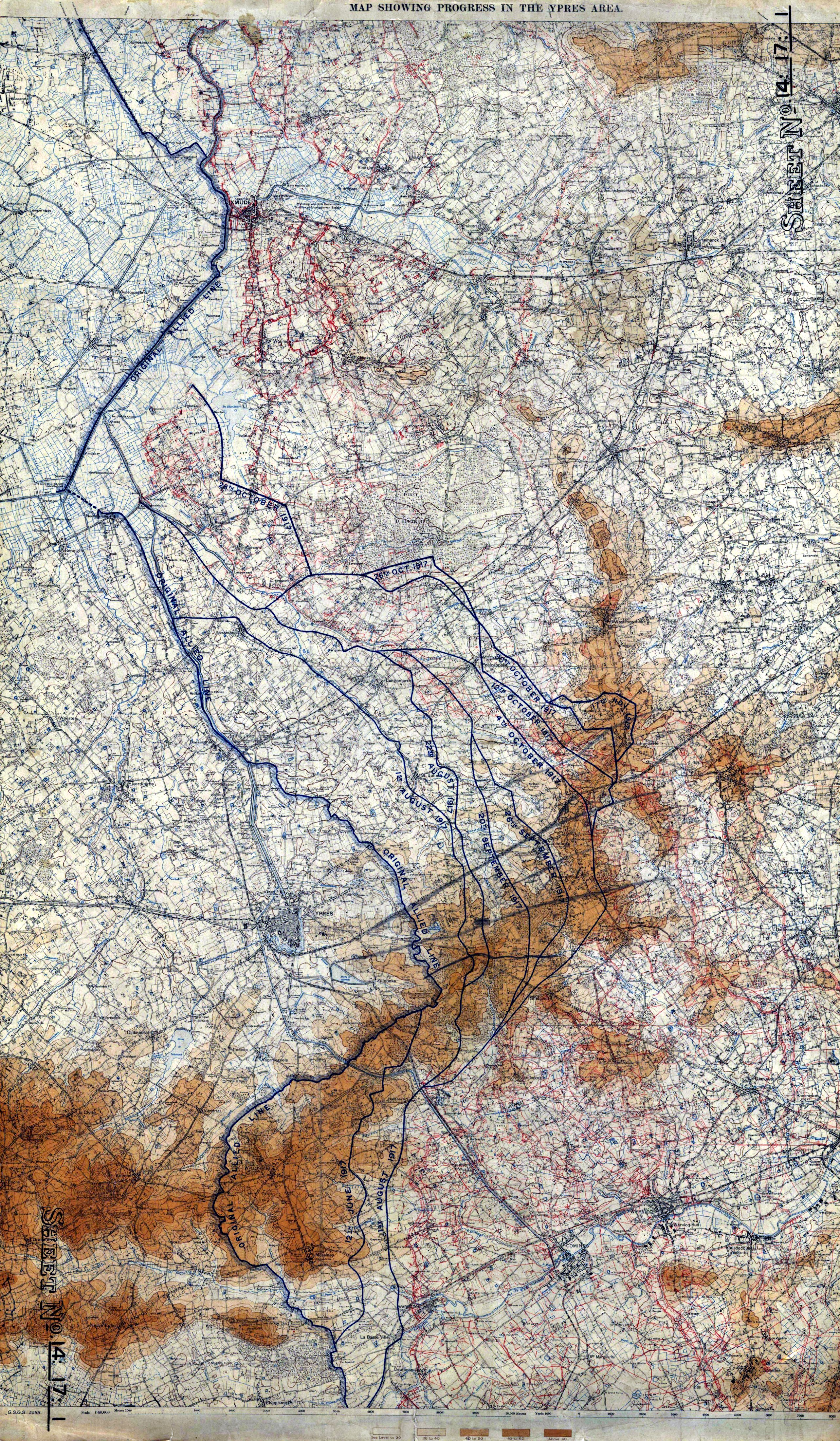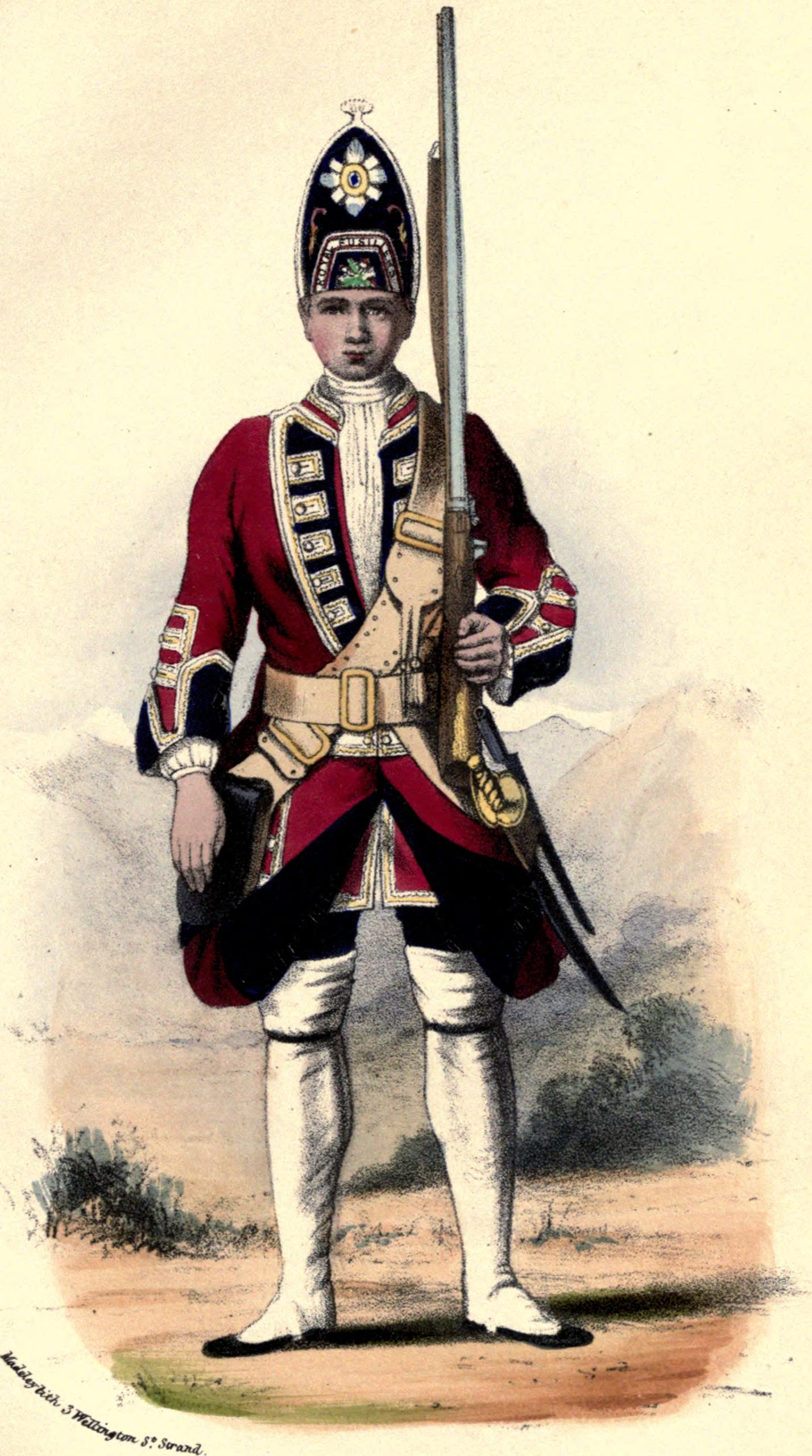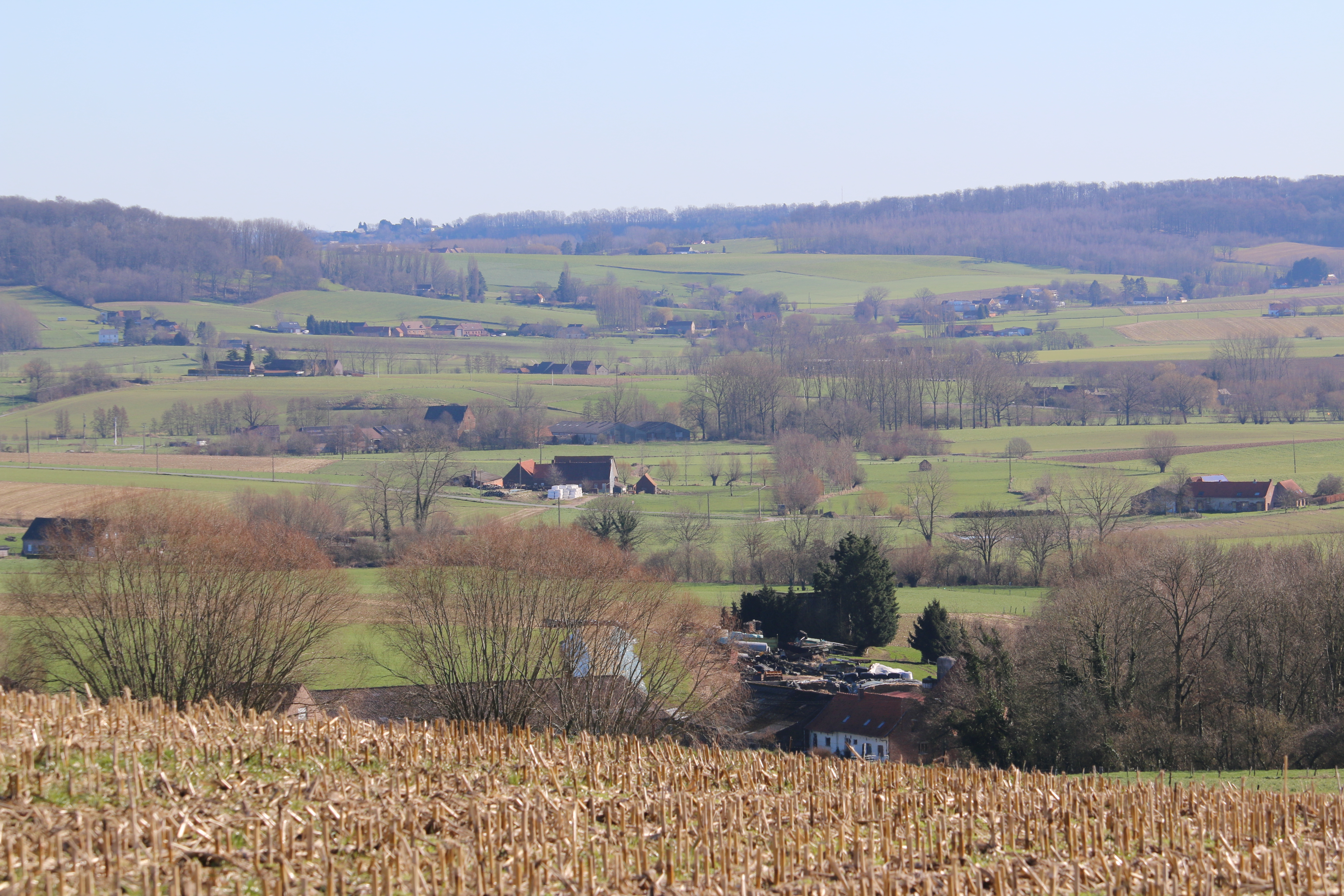|
Ploegsteert
Ploegsteert ( pcd, Ploster) is a village of Wallonia and a district of the municipality of Comines-Warneton, located in the province of Hainaut, Belgium. It is the most westerly settlement of Wallonia. It is approximately north of the French border. Created in 1850 on part of the territory of Warneton, it includes the hamlet of Le Bizet, which is the border with France (there is also a hamlet named "Le Bizet" in France). It is largely francophone, with facilities for Dutch speakers. In late 1914 and early 1915, the nearby Ploegsteert Wood was the site of fierce WWI fighting. Today there are numerous cemeteries and memorials, including the Hyde Park Corner (Royal Berks) CWGC Cemetery and the Berks CWGC Cemetery Extension with the Ploegsteert Memorial to the Missing, which commemorates more than 11,000 British and Empire servicemen who died outside the Ypres Salient and have no known grave. From January to May 1916, Winston Churchill served in the area as Commanding Officer (Li ... [...More Info...] [...Related Items...] OR: [Wikipedia] [Google] [Baidu] |
Ploegsteert Memorial To The Missing
The Ploegsteert Memorial to the Missing is a Commonwealth War Graves Commission (CWGC) memorial in Belgium for missing soldiers of World War I. It commemorates men from the Allied Powers who fought on the northern Western Front outside the Ypres Salient and whose graves are unknown. The memorial is located in the village of Ploegsteert and stands in the middle of '' Berks Cemetery Extension''. History of the location After Ploegsteert Wood (referred to colloquially as "Plug Street") had been the site of fierce fighting at the start of the war, it became a relatively quiet sector where no major action took place. Allied units were sent here to recuperate and retrain after fighting elsewhere and before returning to active operations. Berks Cemetery Extension was founded by Commonwealth troops in June 1916 as an extension to Hyde Park Corner (Royal Berks) Cemetery which lies across the road. The cemetery grounds were assigned to the United Kingdom in perpetuity by King Albert I of ... [...More Info...] [...Related Items...] OR: [Wikipedia] [Google] [Baidu] |
Ploegsteert JPG01b
Ploegsteert ( pcd, Ploster) is a village of Wallonia and a district of the municipality of Comines-Warneton, located in the province of Hainaut, Belgium. It is the most westerly settlement of Wallonia. It is approximately north of the French border. Created in 1850 on part of the territory of Warneton, it includes the hamlet of Le Bizet, which is the border with France (there is also a hamlet named "Le Bizet" in France). It is largely francophone, with facilities for Dutch speakers. In late 1914 and early 1915, the nearby Ploegsteert Wood was the site of fierce WWI fighting. Today there are numerous cemeteries and memorials, including the Hyde Park Corner (Royal Berks) CWGC Cemetery and the Berks CWGC Cemetery Extension with the Ploegsteert Memorial to the Missing, which commemorates more than 11,000 British and Empire servicemen who died outside the Ypres Salient and have no known grave. From January to May 1916, Winston Churchill served in the area as Commanding Officer (Lie ... [...More Info...] [...Related Items...] OR: [Wikipedia] [Google] [Baidu] |
Berks Commonwealth War Graves Commission Cemetery Extension
Berks Cemetery Extension is a Commonwealth War Graves Commission (CWGC) burial ground in Belgium for the dead of the First World War, located in the village of Ploegsteert in the Ypres Salient on the Western Front. Inside the cemetery is the Ploegsteert Memorial to the Missing, which commemorates more than 11,000 British and Empire servicemen who died in the area during the First World War and have no known grave. ''Berks Cemetery Extension'' is not to be confused with the much smaller '' Hyde Park Corner (Royal Berks) Cemetery'', which is located directly opposite, across the road. History The cemetery was originally set up by Commonwealth troops in June 1916 as an extension to '' Hyde Park Corner (Royal Berks) Cemetery'' across the road. After fierce fighting at the start of the war, Ploegsteert Wood had become a quiet sector where no major action took place. Units were sent here to recuperate and retrain after fighting elsewhere and before returning to active operations. ' ... [...More Info...] [...Related Items...] OR: [Wikipedia] [Google] [Baidu] |
Hyde Park Corner (Royal Berks) Commonwealth War Graves Commission Cemetery
Hyde Park Corner (Royal Berks) Cemetery is a Commonwealth War Graves Commission (CWGC) burial ground in Belgium for the dead of the World War I, First World War, located in the village of Ploegsteert in the Ypres Salient on the Western Front (World War I), Western Front. This small cemetery is not to be confused with the much larger ''Berks Commonwealth War Graves Commission Cemetery Extension, Berks Cemetery Extension'', which is also the site of the ''Ploegsteert Memorial to the Missing''. Both of these are located directly opposite, across the road. History This small cemetery was originally set up by 1st and 4th Royal Gloucestershire, Berkshire and Wiltshire Regiment, Royal Berkshire Regiment troops in April 1915. The cemetery later expanded across the road, where the Berks Commonwealth War Graves Commission Cemetery Extension, Berks Cemetery Extension was built, and which now also houses the Ploegsteert Memorial to the Missing. The cemetery grounds were assigned to the Unit ... [...More Info...] [...Related Items...] OR: [Wikipedia] [Google] [Baidu] |
Ploegsteert Wood
Ploegsteert Wood was a sector of the Western Front in Flanders in World War I, part of the Ypres Salient. It is located around the Belgian village of Ploegsteert, Wallonia. After fierce fighting in late 1914 and early 1915, Ploegsteert Wood became a quiet sector where no major action took place. Units were sent here to recuperate and retrain after tougher fighting elsewhere and before returning to take part in more active operations. British Tommies referred to Ploegsteert Wood as "''Plugstreet Wood''". From January to May 1916, Winston Churchill served in the area as Commanding Officer (Lieutenant-Colonel) of the 6th Battalion of the Royal Scots Fusiliers. There are numerous Commonwealth War Graves Commission (CWGC) cemeteries and memorials around the wood, including the Hyde Park Corner (Royal Berks) CWGC Cemetery and the Berks CWGC Cemetery Extension with the Ploegsteert Memorial to the Missing. The Ploegsteert Memorial commemorates more than 11,000 British and Empire ... [...More Info...] [...Related Items...] OR: [Wikipedia] [Google] [Baidu] |
Comines-Warneton
Comines-Warneton (; nl, Komen-Waasten, ; pcd, Comène-Warneuton; vls, Koomn-Woastn; wa, Cômene-Varneton) is a city and municipality of Wallonia located in the province of Hainaut, Belgium. On January 1, 2006, it had a total population of 17,562. Its total area is which gives a population density of . The name "Comines" is believed to have a Celtic, or Gaulish, origin. Comines-Warneton is a municipality with language facilities for Dutch-speakers. The municipality consists of the following districts: Bas-Warneton, Comines, Houthem, Ploegsteert, and Warneton (including the hamlet of Gheer). They were all transferred in 1963 from the arrondissement of Ypres in the Dutch-speaking province of West Flanders to the newly created arrondissement of Mouscron in French-speaking Hainaut. The five municipalities (Comines, Houthem, Ploegsteert, Bas-Warneton, Warneton) were merged into a single Comines-Warneton municipality in 1977. Since then, the municipality forms an exclave o ... [...More Info...] [...Related Items...] OR: [Wikipedia] [Google] [Baidu] |
Ypres Salient
The Ypres Salient around Ypres in Belgium was the scene of several battles and an extremely important part of the Western front during the First World War. Ypres district Ypres lies at the junction of the Ypres–Comines Canal and the Ieperlee. The city is overlooked by Kemmel Hill in the south-west and from the east by low hills running south-west to north-east with Wytschaete ( Wijtschate), Hill 60 to the east of Verbrandenmolen, Hooge, Polygon Wood and Passchendaele ( Passendale). The high point of the ridge is at Wytschaete, from Ypres, while at Hollebeke the ridge is distant and recedes to at Polygon Wood. Wytschaete is about above the plain; on the Ypres–Menin road at Hooge, the elevation is about and at Passchendaele. The rises are slight, apart from the vicinity of Zonnebeke, which has a From Hooge and to the east, the slope is near Hollebeke, it is heights are subtle but have the character of a saucer lip around Ypres. The main ridge has spurs sloping e ... [...More Info...] [...Related Items...] OR: [Wikipedia] [Google] [Baidu] |
Winston Churchill
Sir Winston Leonard Spencer Churchill (30 November 187424 January 1965) was a British statesman, soldier, and writer who served as Prime Minister of the United Kingdom twice, from 1940 to 1945 Winston Churchill in the Second World War, during the Second World War, and again from 1951 to 1955. Apart from two years between 1922 and 1924, he was a Member of Parliament (United Kingdom), Member of Parliament (MP) from 1900 to 1964 and represented a total of five UK Parliament constituency, constituencies. Ideologically an Economic liberalism, economic liberal and British Empire, imperialist, he was for most of his career a member of the Conservative Party (UK), Conservative Party, which he led from 1940 to 1955. He was a member of the Liberal Party (UK), Liberal Party from 1904 to 1924. Of mixed English and American parentage, Churchill was born in Oxfordshire to Spencer family, a wealthy, aristocratic family. He joined the British Army in 1895 and saw action in British Raj, Br ... [...More Info...] [...Related Items...] OR: [Wikipedia] [Google] [Baidu] |
Royal Scots Fusiliers
The Royal Scots Fusiliers was a line infantry regiment of the British Army that existed from 1678 until 1959 when it was amalgamated with the Highland Light Infantry (City of Glasgow Regiment) to form the Royal Highland Fusiliers (Princess Margaret's Own Glasgow and Ayrshire Regiment) which was later itself merged with the Royal Scots Borderers, the Black Watch (Royal Highland Regiment), the Argyll and Sutherland Highlanders and the Highlanders (Seaforth, Gordons and Camerons) to form a new large regiment, the Royal Regiment of Scotland. History Naming Conventions In the late 17th century, many English and Scottish politicians viewed standing armies or permanent units as a danger to the liberties of the individual and a threat to society itself. The experience of the Wars of the Three Kingdoms and the use of troops by both the Protectorate and James VII and II to repress political dissent created strong resistance to permanent units owing allegiance to the Crown o ... [...More Info...] [...Related Items...] OR: [Wikipedia] [Google] [Baidu] |
Wolverton, Milton Keynes
Wolverton is a constituent town of Milton Keynes, England. It is located at the northern edge of Milton Keynes, beside the West Coast Main Line, the Grand Union Canal and the river Great Ouse. It is the administrative seat of Wolverton and Greenleys civil parish. It is one of the places in historic Buckinghamshire that went into the foundation of Milton Keynes in 1967. The village recorded in Domesday is known today as Old Wolverton but, because of peasant clearances in the early 17th century, only field markings remain of the medieval settlement. Modern Wolverton is a new settlement founded in the early 19th century as a railway town, with its centre relocated about to the south-east. History Old Wolverton The town name is an Old English language word, and means 'Wulfhere's settlement'. It was recorded in the Domesday Book of 1086 as ''Wluerintone''. The original Wolverton was a medieval settlement just north and west of today's town. This site is now known as Old ... [...More Info...] [...Related Items...] OR: [Wikipedia] [Google] [Baidu] |
Hainaut Province
Hainaut (, also , , ; nl, Henegouwen ; wa, Hinnot; pcd, Hénau), historically also known as Heynowes in English, is a province of Wallonia and Belgium. To its south lies the French department of Nord, while within Belgium it borders (clockwise from the North) on the Flemish provinces of West Flanders, East Flanders, Flemish Brabant and the Walloon provinces of Walloon Brabant and Namur. Its capital is Mons (Dutch ''Bergen'') and the most populous city is Charleroi, the province's urban, economic and cultural hub, the financial capital of Hainaut and the fifth largest city in the country by population. Hainaut has an area of and as of January 2019 a population of 1,344,241. Another remarkable city is Tournai (Dutch ''Doornik'') on the Scheldt river, one of the oldest cities of Belgium and the first capital of the Frankish Empire. Hainaut province exists of a wavy landscape, except for the very southern part, the so-called ''Boot of Hainaut'', which is quite hilly and b ... [...More Info...] [...Related Items...] OR: [Wikipedia] [Google] [Baidu] |
Belgium
Belgium, ; french: Belgique ; german: Belgien officially the Kingdom of Belgium, is a country in Northwestern Europe. The country is bordered by the Netherlands to the north, Germany to the east, Luxembourg to the southeast, France to the southwest, and the North Sea to the northwest. It covers an area of and has a population of more than 11.5 million, making it the 22nd most densely populated country in the world and the 6th most densely populated country in Europe, with a density of . Belgium is part of an area known as the Low Countries, historically a somewhat larger region than the Benelux group of states, as it also included parts of northern France. The capital and largest city is Brussels; other major cities are Antwerp, Ghent, Charleroi, Liège, Bruges, Namur, and Leuven. Belgium is a sovereign state and a federal constitutional monarchy with a parliamentary system. Its institutional organization is complex and is structured on both regional ... [...More Info...] [...Related Items...] OR: [Wikipedia] [Google] [Baidu] |




